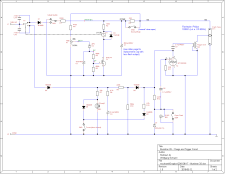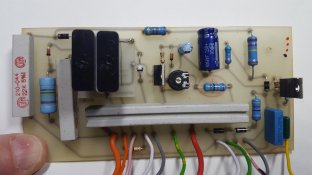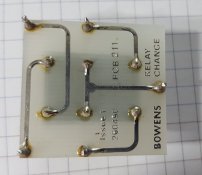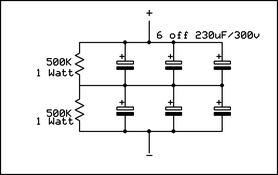wschraml
Member
- Joined
- Aug 29, 2009
- Messages
- 6
- Format
- 35mm
Hello,
Trying to rig up an older Illumitran 3S for slide digitizing. It switches on and charges but then makes a "clicking" noise about once a second. The neon ready light is also slightly changing intensity at the same rate.
I have a schematic for an Illumitran 3 but the 3S has an additional circuit board that is not covered there. That's where the clicking seems to originate.
I connected an oscilloscope parallel to the flash bulb to observe the high voltage and sure enough, it goes down and up about every second in a range of approx. 20V.
- Wanted to verify - is this behavior normal?
- Does anyone have service info/schematic for a 3S?
If the behavior is not normal, I suspect one or both of the capacitors (trigger and main photoflash) need replacement.
Any thoughts?
Thank you.
Trying to rig up an older Illumitran 3S for slide digitizing. It switches on and charges but then makes a "clicking" noise about once a second. The neon ready light is also slightly changing intensity at the same rate.
I have a schematic for an Illumitran 3 but the 3S has an additional circuit board that is not covered there. That's where the clicking seems to originate.
I connected an oscilloscope parallel to the flash bulb to observe the high voltage and sure enough, it goes down and up about every second in a range of approx. 20V.
- Wanted to verify - is this behavior normal?
- Does anyone have service info/schematic for a 3S?
If the behavior is not normal, I suspect one or both of the capacitors (trigger and main photoflash) need replacement.
Any thoughts?
Thank you.
















